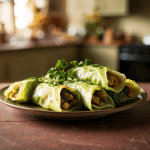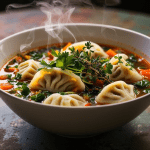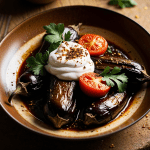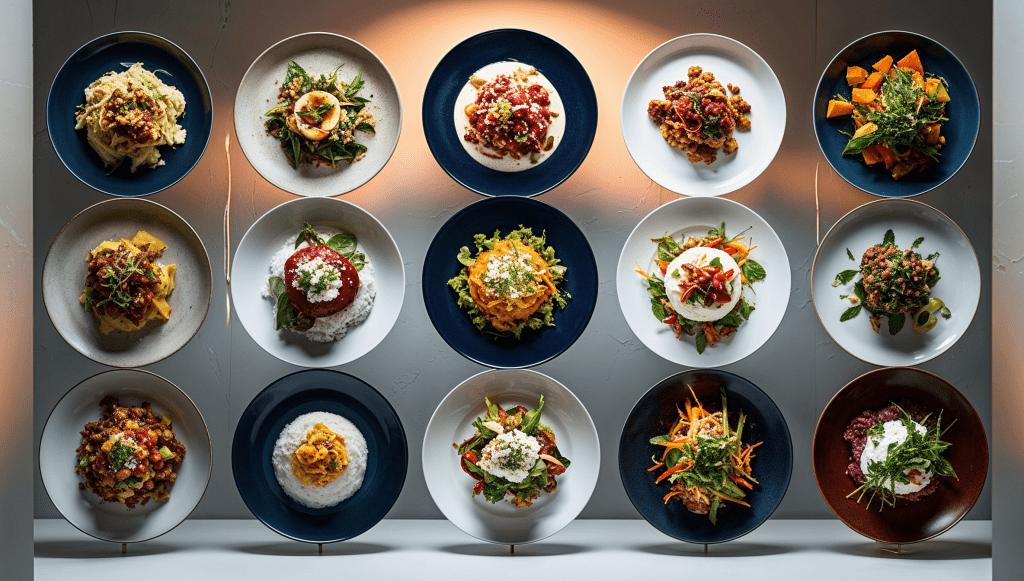
Understanding Low-Sodium Cooking
Low-sodium cooking involves preparing meals with reduced salt content to promote better health outcomes. Sodium, primarily consumed as table salt (sodium chloride), is essential for various bodily functions, including fluid balance and nerve transmission. However, excessive sodium intake is linked to numerous health issues, particularly hypertension (high blood pressure), which can lead to heart disease and stroke. The average American consumes about 3,400 mg of sodium daily, significantly exceeding the recommended limit of 2,300 mg per day for healthy adults.
Why Low-Sodium Cooking is Beneficial
- Health Benefits: Reducing sodium intake can lower blood pressure and decrease the risk of cardiovascular diseases. High sodium levels are associated with increased blood volume and pressure on blood vessel walls, making low-sodium diets crucial for individuals with hypertension or those at risk.
- Flavor Enhancement: Contrary to the belief that low-sodium meals lack flavor, various herbs, spices, and acidic ingredients (like lemon juice or vinegar) can enhance taste without adding sodium. Cooking at home allows for greater control over ingredients and flavors.
- Weight Management: Many high-sodium foods are also calorie-dense and processed. By focusing on fresh ingredients and home-cooked meals, individuals can manage their weight more effectively.
Strategies for Low-Sodium Cooking
- Cook from Scratch: Preparing meals at home allows you to control sodium levels better than pre-packaged or restaurant foods, which often contain hidden salts.
- Use Fresh Ingredients: Opt for fresh fruits, vegetables, and meats instead of canned or processed options. When using canned goods, rinse them to remove excess sodium.
- Flavor with Herbs and Spices: Replace salt with a variety of herbs (like basil, oregano) and spices (like cumin, paprika) to add depth to your dishes without the sodium.
- Read Labels: Check nutrition labels for sodium content and choose products labeled as “low sodium” or “no added salt” whenever possible.
- Experiment with Acids: Incorporate citrus juices or vinegars to brighten flavors in your meals without relying on salt[3].
Recent Scientific Research
Recent studies underscore the importance of reducing sodium intake for better health outcomes:
- A meta-analysis indicated that lowering salt content in foods by up to 40% did not significantly affect consumer acceptability. This suggests that food manufacturers can reduce sodium in products like bread and processed meats while maintaining flavor[4][5].
- Research has shown that potassium chloride can be used as a salt substitute in many recipes without compromising taste. However, it should be avoided by individuals with kidney issues due to potential health risks associated with high potassium levels[4].
- A study highlighted successful strategies in the food service industry to reduce sodium content while keeping meals appealing. These strategies included flavor modifications through herbs and spices and creating lower-sodium versions of popular dishes[5].
Low-sodium cooking is a practical approach to enhancing health by reducing the risk of hypertension and related diseases. By adopting simple strategies such as cooking from scratch, using fresh ingredients, and experimenting with herbs and spices, individuals can enjoy flavorful meals while managing their sodium intake effectively. Continued research supports these practices, demonstrating that significant reductions in sodium can be achieved without sacrificing taste or quality in food products.
1. Vegetarian Chili
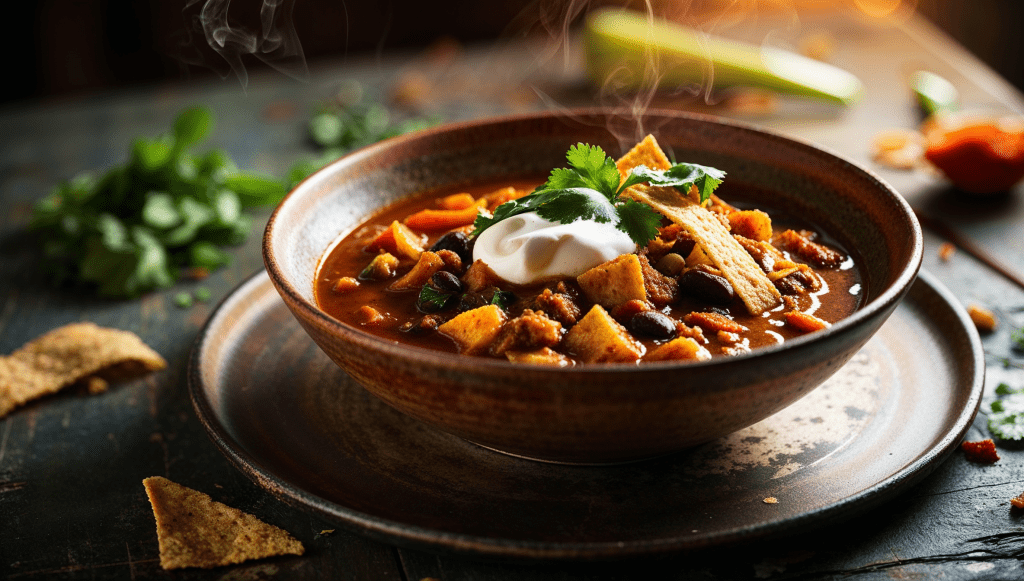
A hearty chili made with black beans, corn, and bell peppers, seasoned with no-salt spices.
Ingredients:
- 1 tablespoon olive oil
- 1 medium onion, diced
- 1 medium poblano pepper, diced
- 1 medium carrot, diced
- 1 cup corn kernels (fresh or frozen)
- 2 cans no-salt-added black beans
- 1 can no-salt-added diced tomatoes
- Spices: chili powder, cumin, garlic powder (to taste)
Instructions:
- Heat olive oil in a pot over medium heat. Sauté onion, poblano, and carrot until tender.
- Add corn, black beans, tomatoes, and spices. Simmer for 20 minutes.
2. Lentil Soup

A nutritious soup made with lentils and vegetables without added salt.
Ingredients:
- 1 tablespoon olive oil
- 1 onion, chopped
- 2 carrots, chopped
- 2 celery stalks, chopped
- 1 cup dried lentils (rinsed)
- 4 cups low-sodium vegetable broth
- Herbs: thyme and bay leaf
Instructions:
- In a pot, heat olive oil and sauté onion, carrots, and celery until soft.
- Add lentils, broth, and herbs. Simmer for about 30 minutes until lentils are tender.
3. Stuffed Bell Peppers
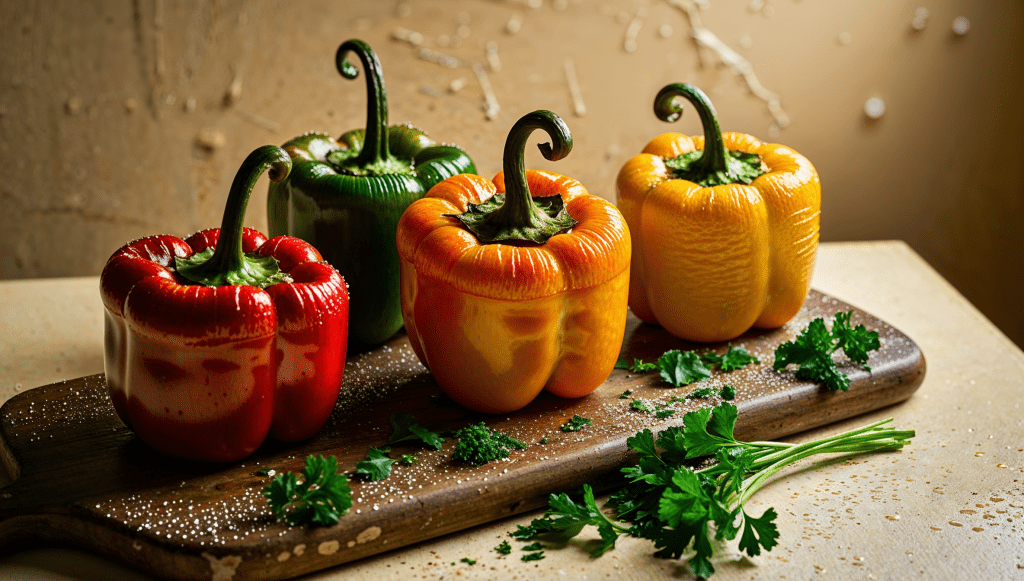
Bell peppers filled with quinoa, black beans, and spices.
Ingredients:
- 4 bell peppers (any color)
- 1 cup cooked quinoa
- 1 can no-salt-added black beans
- 1 cup corn
- Spices: cumin, paprika
Instructions:
- Preheat oven to 375°F (190°C).
- Mix quinoa, black beans, corn, and spices in a bowl.
- Stuff the mixture into halved bell peppers and bake for about 25 minutes.
4. Butternut Squash Risotto
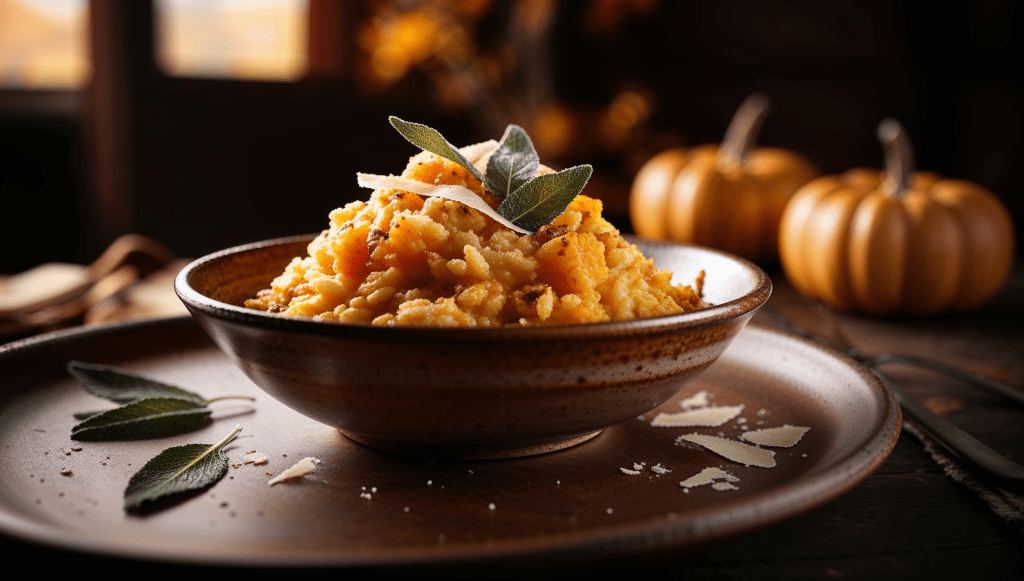
Creamy risotto made with butternut squash and herbs.
Ingredients:
- 1 cup Arborio rice
- 4 cups low-sodium vegetable broth
- 1 small butternut squash (peeled and cubed)
- 1 onion, chopped
- Fresh sage or thyme
Instructions:
- In a pot, sauté onion until translucent. Add rice and toast for a few minutes.
- Gradually add broth while stirring until rice is creamy; add squash halfway through cooking.
5. Roasted Vegetable Quinoa Salad

A refreshing salad with roasted vegetables and quinoa.
Ingredients:
- 1 cup quinoa (cooked)
- Assorted vegetables (zucchini, bell peppers, carrots), chopped
- Olive oil for roasting
- Lemon juice for dressing
Instructions:
- Preheat oven to 400°F (200°C). Toss vegetables in olive oil and roast until tender.
- Mix roasted vegetables with quinoa and drizzle with lemon juice before serving.
6. Cauliflower Tacos
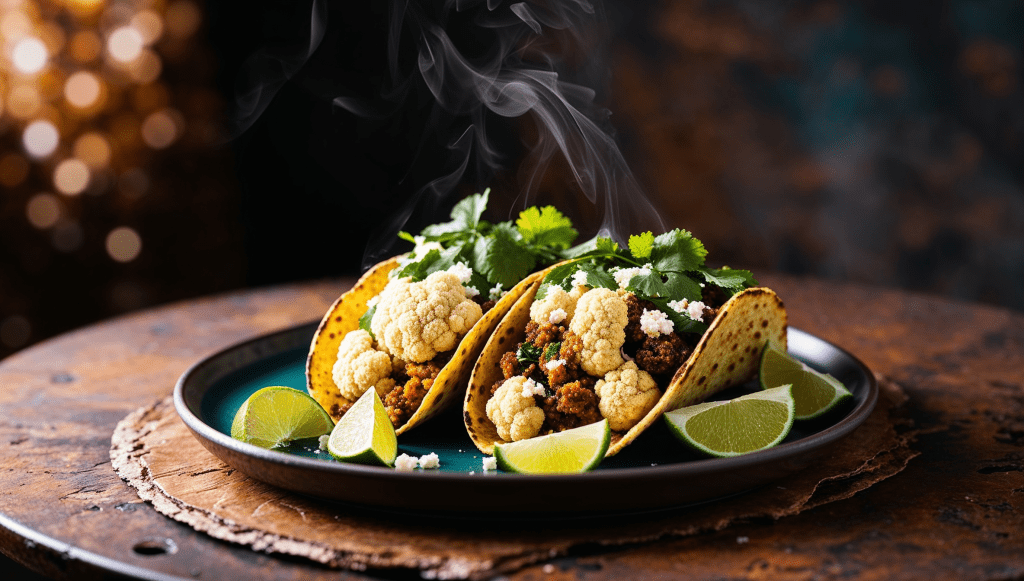
Tacos filled with spiced roasted cauliflower.
Ingredients:
- 1 head of cauliflower (cut into florets)
- Olive oil for tossing
- Spices: cumin, paprika
- Corn tortillas
Instructions:
- Preheat oven to 425°F (220°C). Toss cauliflower florets in olive oil and spices.
- Roast for about 25 minutes until golden brown; serve in corn tortillas.
7. Zucchini Noodles with Pesto
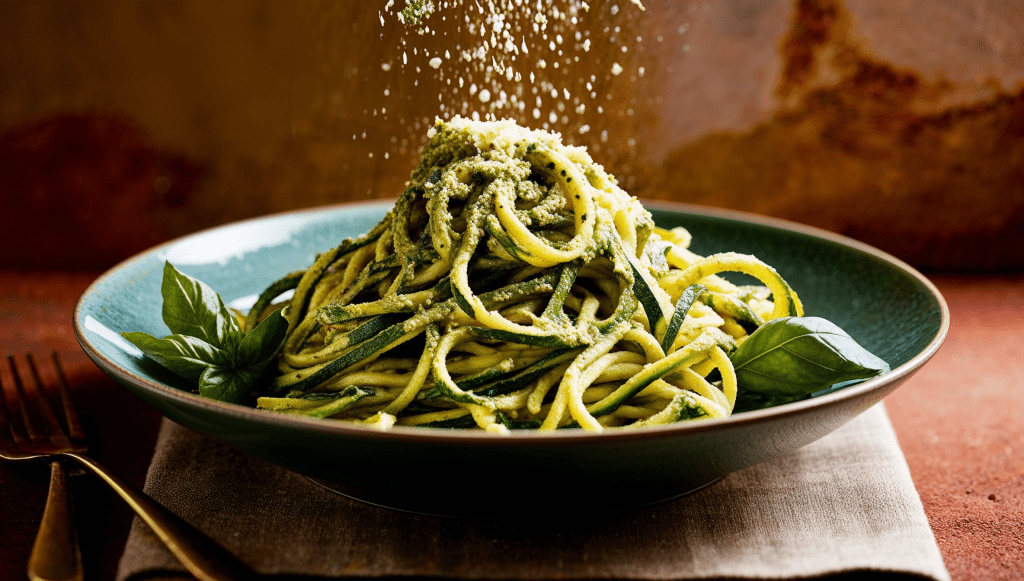
A light dish featuring spiralized zucchini tossed in homemade pesto.
Ingredients:
- 4 zucchinis (spiralized)
- Fresh basil leaves
- Olive oil
- Garlic clove
Instructions:
- Blend basil leaves with olive oil and garlic to create pesto.
- Toss spiralized zucchini in pesto before serving.
8. Chickpea Salad
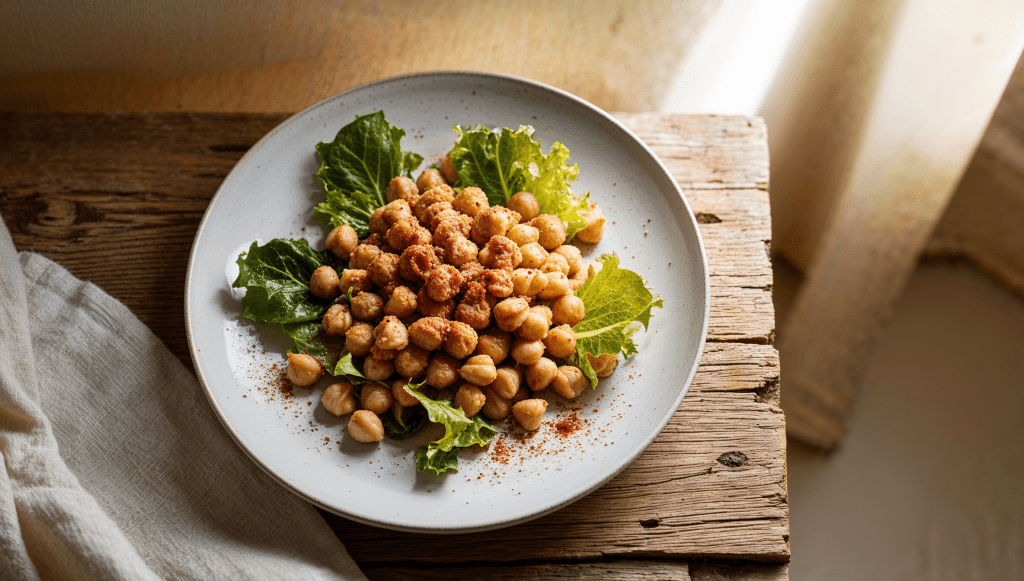
A refreshing salad made with chickpeas and fresh vegetables.
Ingredients:
- 1 can no-salt-added chickpeas (drained)
- Cherry tomatoes (halved)
- Cucumber (diced)
- Red onion (finely chopped)
Instructions:
- Combine all ingredients in a bowl; drizzle with olive oil and lemon juice.
9. Baked Sweet Potatoes with Black Beans

Sweet potatoes topped with black beans and avocado.
Ingredients:
- Sweet potatoes (baked)
- Black beans (canned or cooked)
- Avocado (sliced)
Instructions:
- Bake sweet potatoes at 400°F (200°C) until tender.
- Top with black beans and avocado slices before serving.
10. Mushroom Risotto
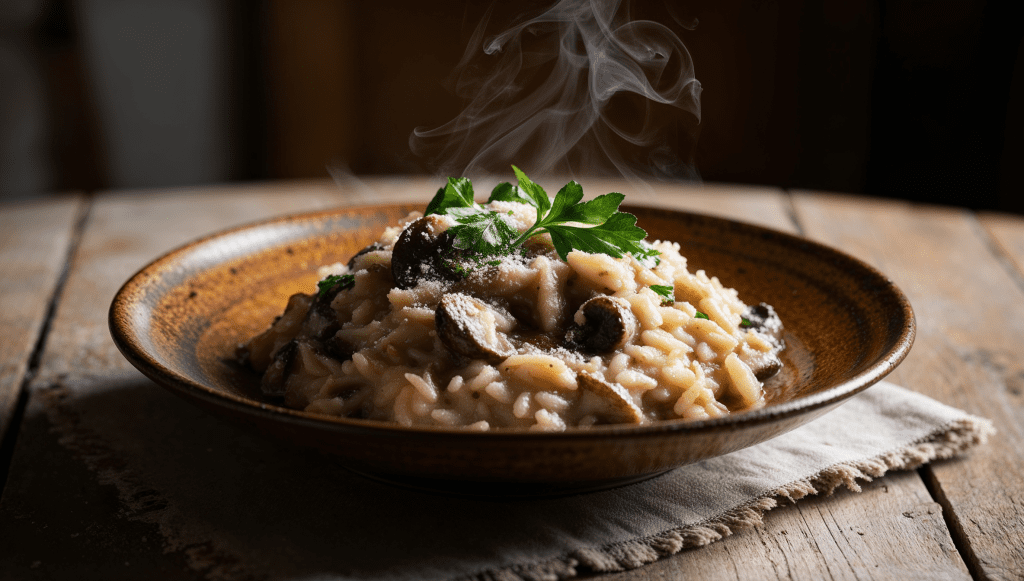
A creamy risotto made with mushrooms without added salt.
Ingredients:
- Arborio rice
- Low-sodium vegetable broth
- Mushrooms (sliced)
Instructions:
- Sauté mushrooms in a pan until tender; add rice to toast slightly.
- Gradually add broth while stirring until creamy; serve warm.
These recipes are not only low in sodium but also packed with flavor and nutrition! Enjoy your cooking!






